Eco-Cha Tea Club
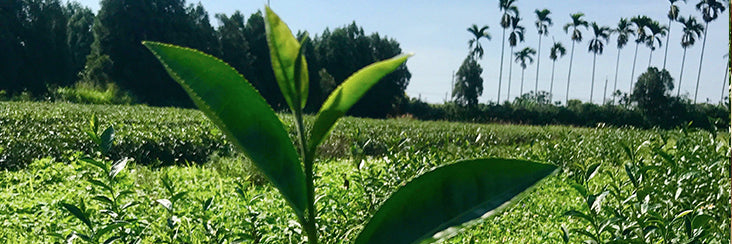
Jin Xuan GABA Black Tea | Eco-Cha Tea Club
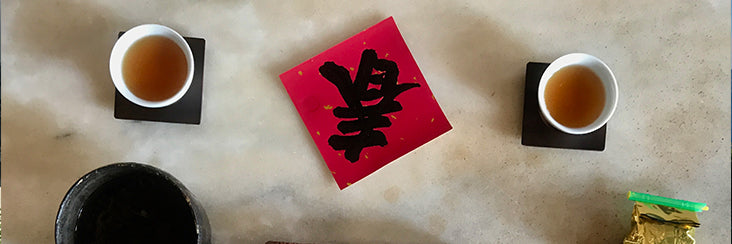
Qing Xin Oolong Black Tea Tasting Notes | Eco-Cha Tea Club
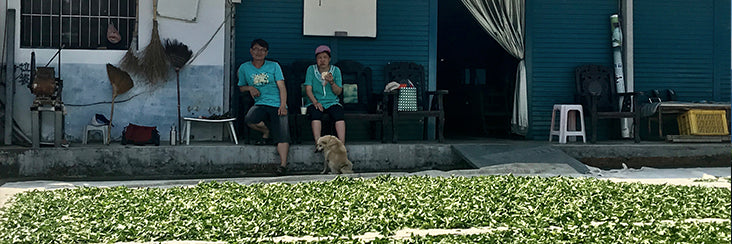
Qing Xin Oolong Black Tea | Eco-Cha Tea Club
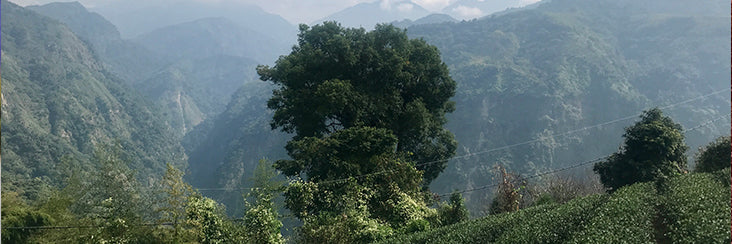
Red Oolong Tea | Eco-Cha Tea Club
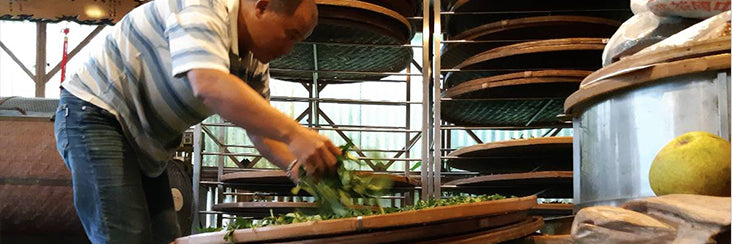
Fo Shou Oolong Tea | Eco-Cha Tea Club
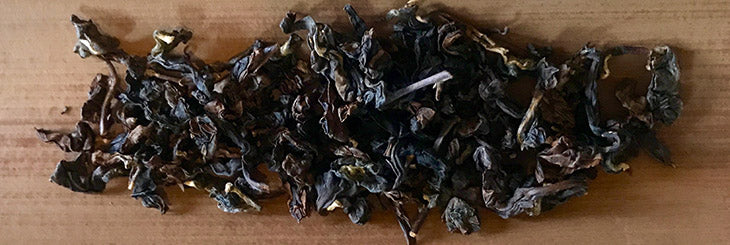
Eco-Farmed Jin Xuan GABA Tea Tasting Notes | Eco-Cha Tea Club
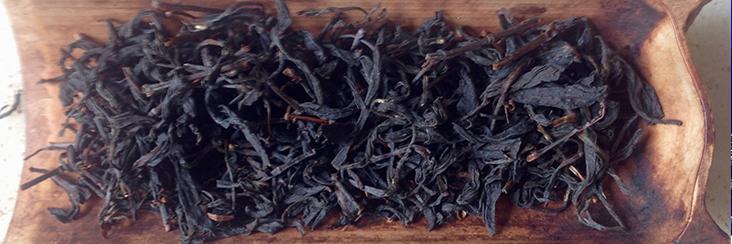
Heirloom Small Leaf Type Black Tea Tasting Notes | Eco-Cha Tea Club
We already knew that this is our favorite source of traditionally made Dong Ding Oolong Tea, but in the last couple years, we've come to realize that their Black Tea is also something very special. In a word, it's the balance of flavor and character that we find unique among Small Leaf Type Black Tea makers. This young tea artisan has learned how to process his family resource of heirloom tea in a way that makes an exceptional Black Tea. There is both a purity and substance of character that sets it apart from the majority of Black Teas, delivering a rich, full flavor that is both satisfying and soothing. The aroma is something like fresh baked plum cobbler, yet the flavor is both clean and richly balanced, with a dry lingering aftertaste that has a finish like a good dessert wine or even champagne.
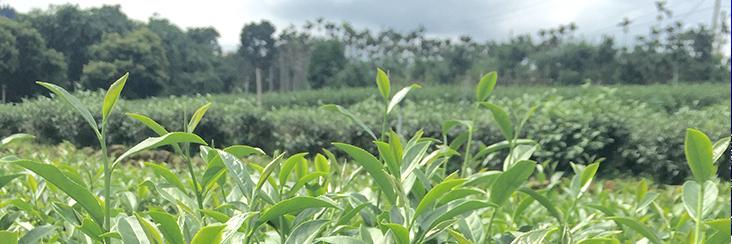
Heirloom Small Leaf Type Black Tea | Eco-Cha Tea Club
There has been an increasing trend in central Taiwan to use summer harvests of Small Leaf Type tea to make Black Tea. These seasonal batches of Small Leaf Type Black Tea have quickly gained popularity on the domestic market. We now feel inspired to represent this trend by introducing the most rare and quality produce of this type. In the last 12 months of seeking out and deciding upon our next monthly Eco-Cha Tea Club batch, we have chosen 3 very distinct batches of Black Tea, all made from Small Leaf Type strains.
We really would love to hear about your experiences of these batches of Black Tea that we've shared in the last year. Go ahead and post your comments on this batch along with your recollections of the previous batches here!
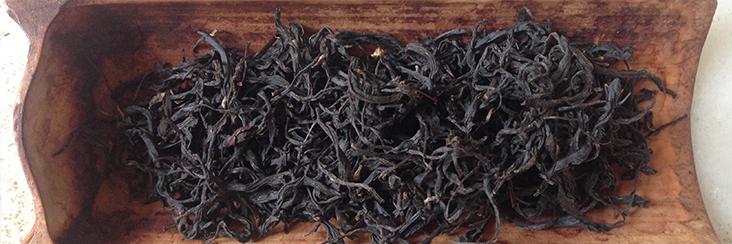
Shanlinxi High Mountain Black Tea Tasting Notes | Eco-Cha Tea Club
Less than 60kg of tea leaves were cured from this early summer harvest. This is a small fraction of the leaves produced for a conventional High Mountain Oolong Tea from the summer crop. But given the fact that the quality of Black Tea made from this harvest is exemplary rather than an inferior harvest of High Mountain Oolong, and it maximizes the potential of the following fall and winter harvests, it is the wisest choice of high elevation tea production. This sustainable approach to world-class tea production, combined with the fact that this is perhaps the finest batch of Black Tea that we have procured to date is why we chose it to share with our Tea Club members.
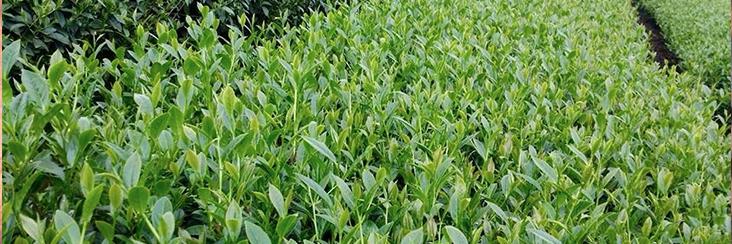
Shanlinxi High Mountain Black Tea | Eco-Cha Tea Club
In the wake of a wave of specialty Black Tea popularity in Taiwan that began with the production and promotion of Red Jade #18 Black Tea about 15 years ago, high elevation Oolong Tea farmers have recently been modifying their seasonal production methods to become more sustainable. Initially, high mountain tea farming methods were based on annual yield — timing the growing seasons and harvests to reap the largest possible annual volume. This basically meant harvesting four times a year, despite the shorter growing seasons at higher elevations. We've listened to many tea farmers relate how it is becoming harder to time these seasonal harvests due to increasingly inconsistent weather patterns over the last several years. This has led to the concept of "three and a half" harvests per year. This "half harvest" is where the recent invention of high elevation Black Tea production comes into play.
- 1
- 2

